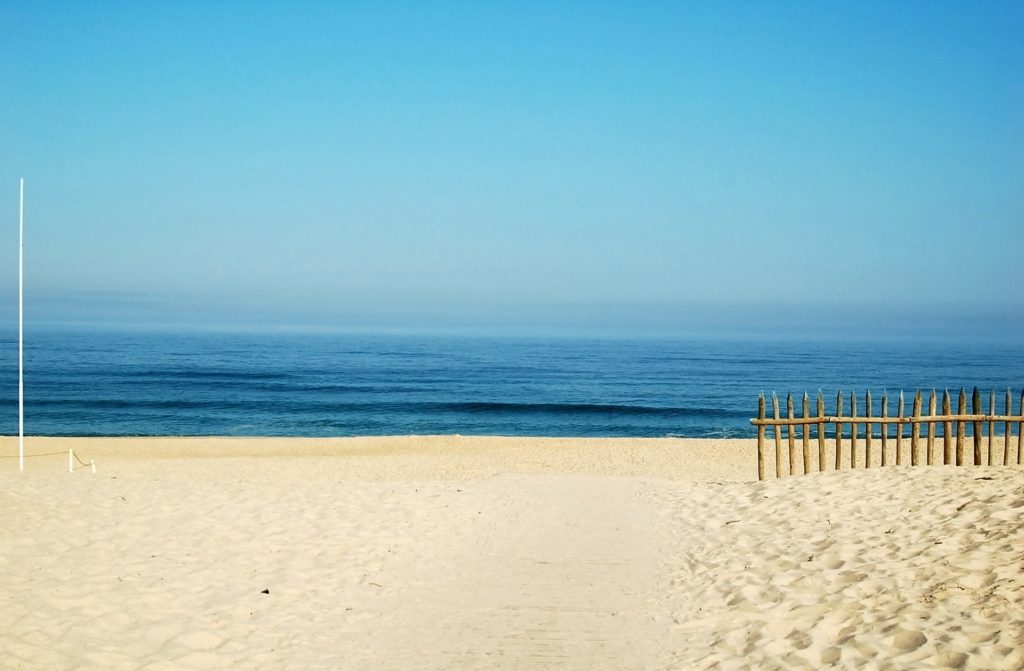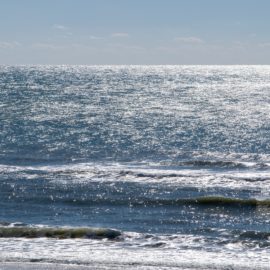
It is a beautiful sunny day. The tide is coming in and all is good until, wait, the tide is not stopping at the barrier! Sea level rise.
The tide is rising — literally — and Louisiana is expected to see more flooding on otherwise sunny days as a result. Coastal Louisiana could experience four to eight days of “sunny day” flooding during high tides through the end of next April thanks to global warming, officials with the National Oceanic and Atmospheric Administration said Tuesday. Water could reach as much as 2 feet above normal high tide levels, posing a threat of overtopping to portions of Louisiana 1 between Grand Isle and Port Fourchon and other coastal roads, as well as unprotected interior roadways in the Jean Lafitte area. And that type of flooding will become exponentially more frequent in the not-so-far future, with coastal areas near Grand Isle expected to see between 200 and 275 flooding high tide days by 2050, NOAA officials said.
nola.com
Grand Isle has seen a few of them in the near past but it will be much worse in the future.
Louisiana experienced three flooding high tide days in the year between May 2021 and April 2022, according to the new report. For the tidal gauge at Grand Isle, used by the report to estimate flood levels along the state’s coastline, a flooding high tide is defined as water levels that are 1.75 to 2 feet above normal average high tide. That equates to the mean “high high water level,” which is 1.06 feet above official sea level measured at that gauge. Blame global warming, which is causing sea level rise to elevate the water in the Gulf of Mexico, allowing it to flow farther inland over coastal wetlands already sinking because of natural subsidence along the state’s coastline. Increased temperatures around the world since the beginning of industrialization have caused ocean water molecules to grow in size. Glaciers and polar ice packs have also melted as a result of the warmer temperatures, adding water to the world’s oceans. “High tide flooding is becoming more common and damaging in many parts of the U.S.,” said Rick Spinrad, NOAA administrator, in a news release announcing the annual high tide update. The report said two U.S. coastal communities saw a record-breaking number of high tide flooding days in 2022. Reedy Point, Del., saw six such days, one more than in 2021. Kwajalein Island in the U.S. Marshall Islands in the Pacific saw four high-tide events, one more than in 2021. And Springmaid Pier, in South Carolina, saw 11 high-tide flooding days, tying its record set in 2021. “As sea levels continue to rise, coastal water levels — from the mean to the extreme — are growing deeper and reaching farther inland along most U.S. coastlines,” said NOAA’s report. “Where local relative sea level is rising, the wet-dry land delineation … is encroaching landward, causing more permanent inundation and land loss (e.g., in Louisiana); affecting groundwater levels, stormwater systems’ effectiveness, and water quality; and altering the intertidal zone and its ecosystems.”

(NOAA)
We are suffering from both sea level rise and subsidence, so a double whammy.
Louisiana has been dealing with the combined effects of subsidence and sea level rise affecting coastal communities for many years. In 2011, the state completed the second segment of the first phase of the Louisiana 1 elevated bridge, guaranteeing that truck traffic to Port Fourchon, a key offshore oil port serving Gulf platforms, was well above rising waters in the Barataria Basin. Construction on the second phase of the bridge, a $463 million, 8.3-mile span from Leeville to Golden Meadow, was kicked off in June. That leaves the segment of Louisiana 1 between the port and Grand Isle just a few inches above the Barataria Bay waters behind the Cheniere Caminada headland, and thus in danger of both the flooding high tides, strong thunderstorms and hurricane storm surge.
Is all the money coming in to late or will it help some of these problems?



